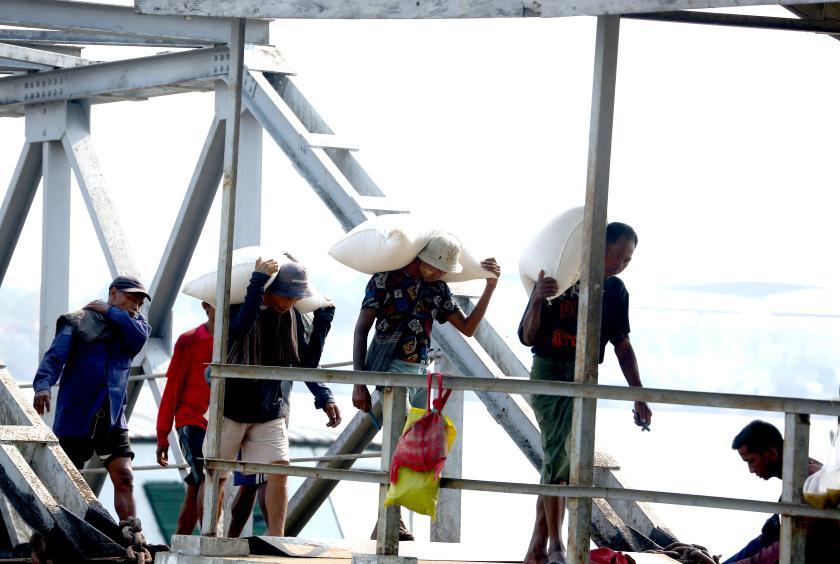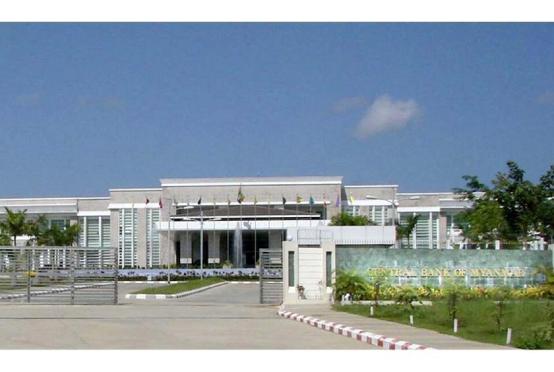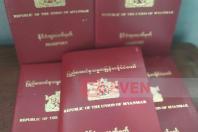
The Myanmar Rice Federation (MRF) announced on February 2 that it will prioritize the export of broken rice and mixed rice, and limit the export of white rice, to control the domestic rice price and cope with the effects of El Nino and exchange rate policies.
U Ye Min Aung, the president of the MRF, said that Myanmar will produce about two million tons of rice annually, and usually exports around 2.1 million tons or 2.2 million tons. However, in the fiscal year 2023-2024, from April to the end of January, only one million tons of rice were exported, which is about 500,000 tons less than the same period last year.
He explained that the decrease in exports was due to the mismatch between the exchange rate policies and the cost of exporters, as well as the concern about El Nino, which could affect the rice production and quality. He said that the MRF is not imposing a complete export control, but rather a coordinated measure, where the exporters and the MRF negotiate what and how much to export.
He also said that despite the lower export volume, the income from rice exports is not that low. He said that last year, in fiscal year 2022-2023, rice exports earned US$853 million, and this year, the MRF expects to earn about $700 million. As of the end of January, the MRF has received $574 million, and he expects to make another $100 million in the remaining two months. He said that the MRF earned $110 million in January alone.











![[Photo credit: Shwe Yoathlwar charity group]](https://elevenmyanmar.com/sites/news-eleven.com/files/styles/most_read_img/public/news-images/plaza.jpg?itok=v6Gn0YGX)



